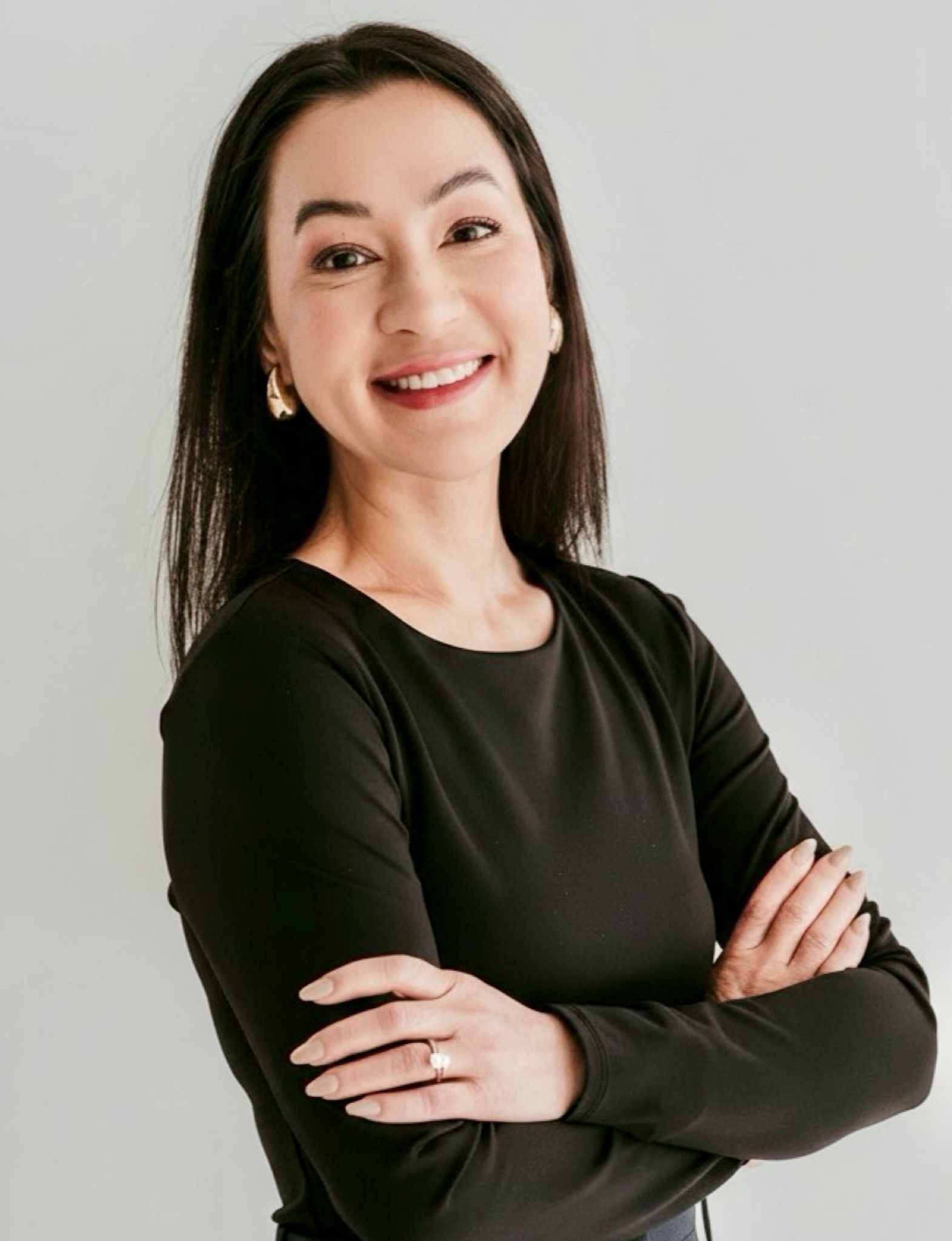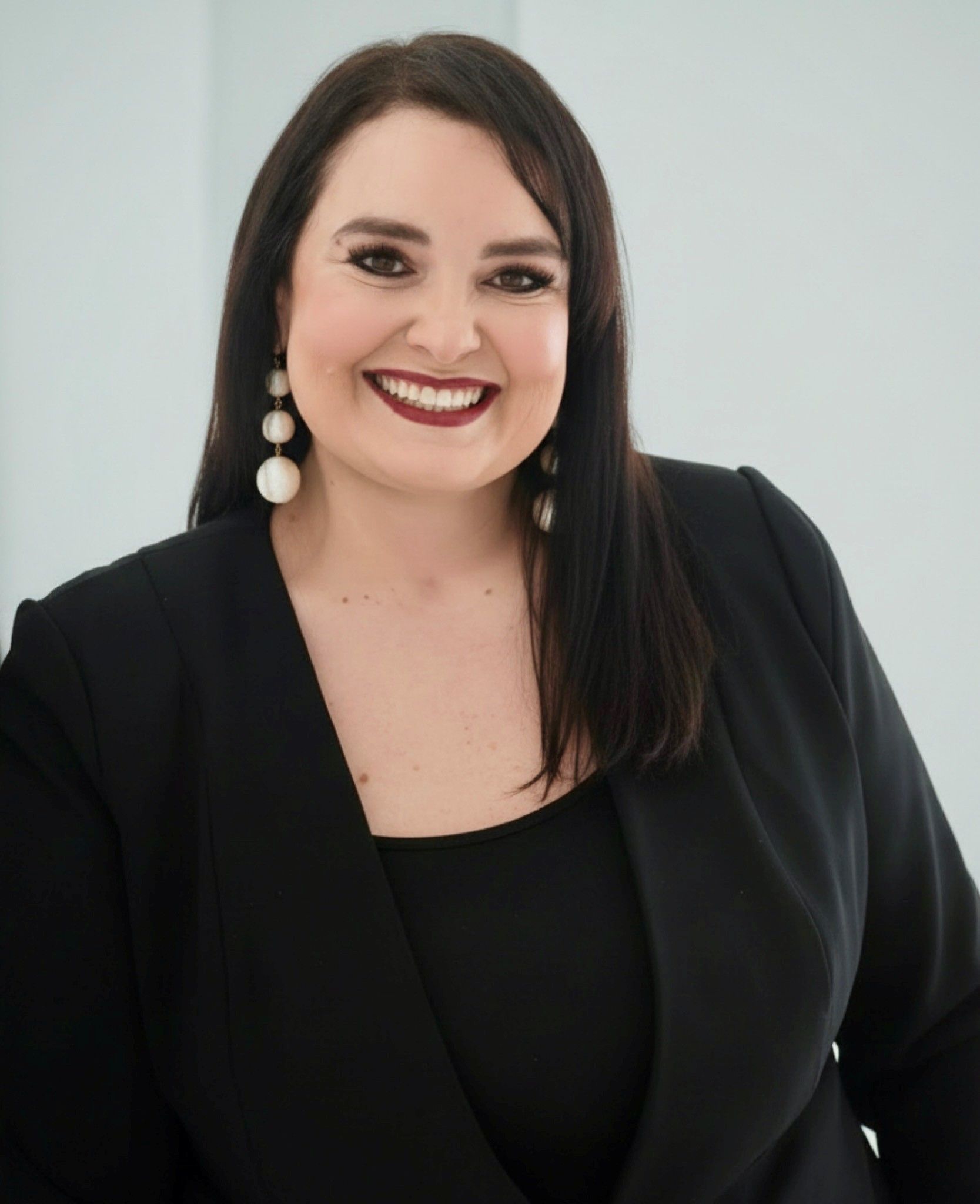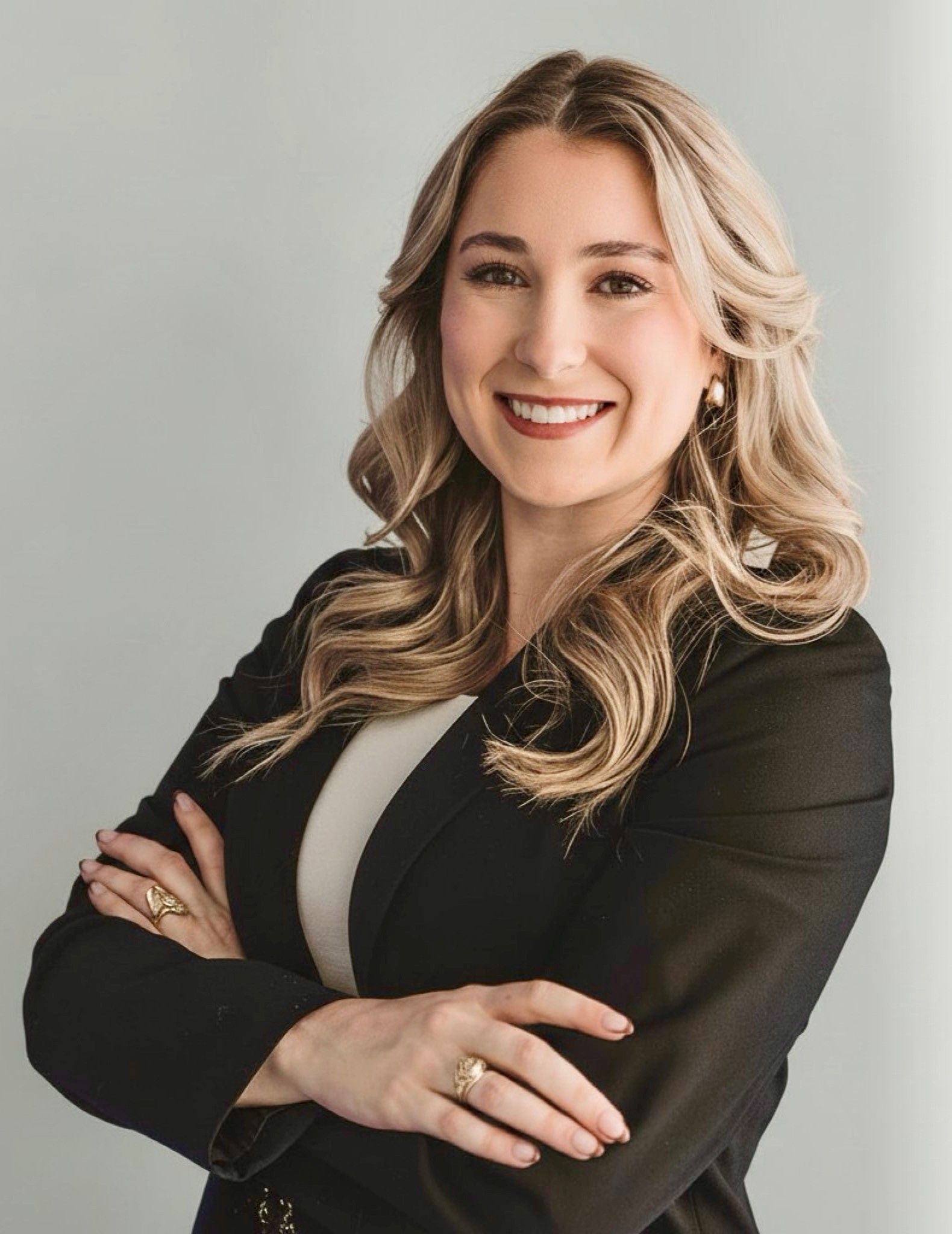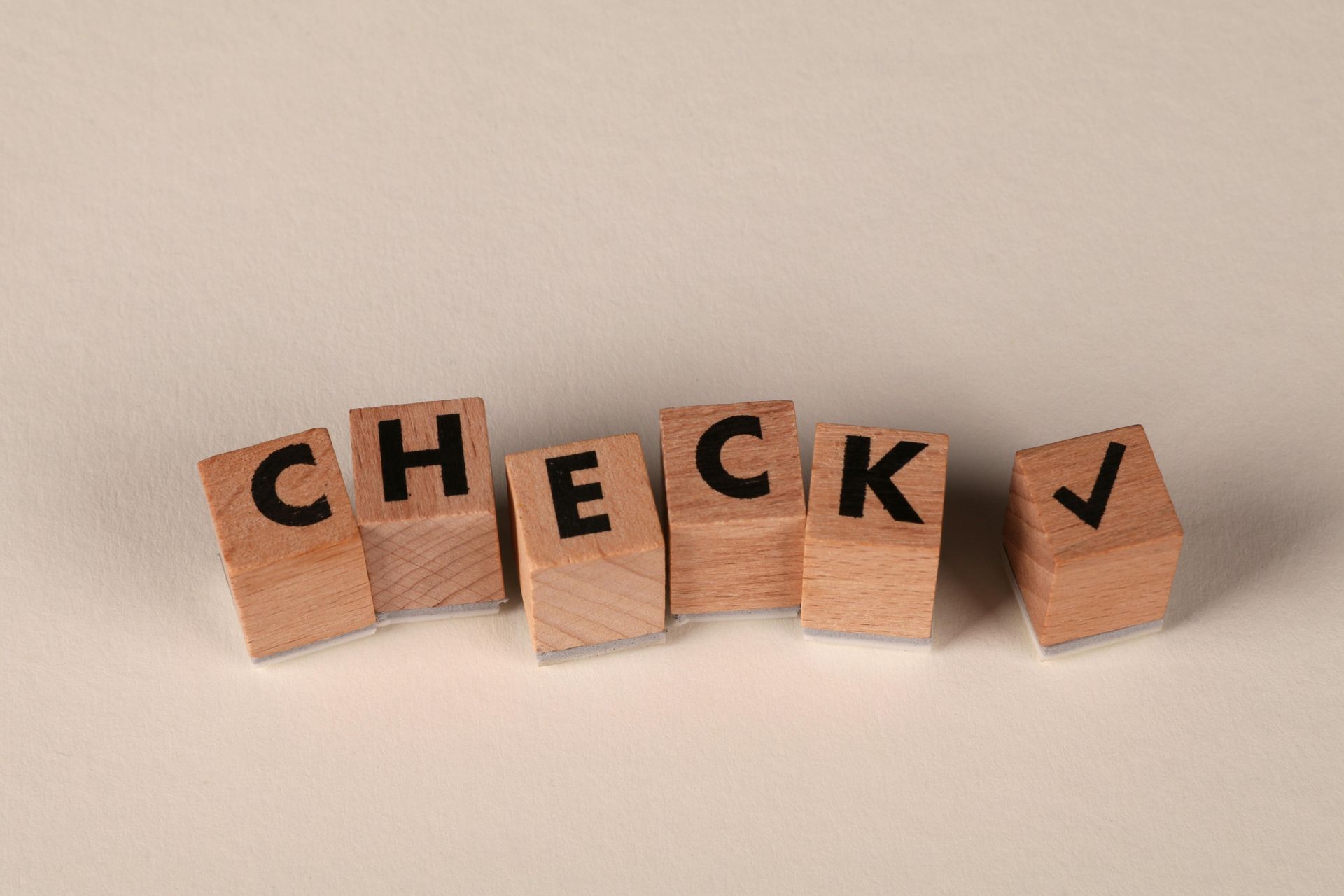Designation of Goods and Services in 66(a) Applications
ATTORNEYS IN DALLAS
Learn about accurately identifying goods and services in trademark applications, including classification rules for §1, §44, and §66(a) filings, and understand how to handle classification issues under the Madrid Protocol for international registrations.
Designation of Goods and Services in 66(a) Applications
When submitting a trademark application, it is crucial to accurately identify the goods and services and understand the trademark classification rules outlined in the Trademark Manual of Examining Procedure ("TMEP"). The specific rules for classification will depend on the chosen filing basis for your goods and services.
In a trademark application filed under §1 or §44 of the Trademark Act, if the applicant fails to designate a class number correctly, the United States Patent and Trademark Office ("USPTO") will assign one. During examination under §1 or §44, the examining attorney may recommend amending the identification of goods and/or services to fit within the class selected by the applicant. This amendment should not expand the scope of the original goods or services, and in some cases, the examining attorney can correct or modify the classification through an examiner's amendment.
However, if the application is filed under §66(a) of the Trademark Act (when a holder of an international registration seeks trademark protection in the U.S.), different classification rules apply. An international registration can be obtained through the international registration system administered by the International Bureau ("IB") of the World Intellectual Property Organization ("WIPO") in Geneva, Switzerland. The Madrid Protocol, an international treaty, enables trademark owners to seek registration in member countries that have joined the Madrid Protocol. The Madrid Protocol became effective in the U.S. on November 2, 2003. When a holder of an international trademark registration requests protection in the U.S., it is referred to as a 66(a) application. The following information will specifically address 66(a) applications and identifications.
In a trademark application under 66(a) of the Trademark Act, the classification is controlled by the IB and cannot be changed unless the IB itself corrects it (see TMEP 1401.03(d)). Classifications cannot be added, and goods and services cannot be transferred from one class to another in a multiple class application. However, the USPTO has the discretion to determine the level of specificity required to clearly identify the goods and services in an international registration.
A common situation arises when the USPTO finds the identification of goods and services indefinite but within the scope of the assigned classification. In such cases, the Examining Attorney will require an amendment to the wording of the identification, ensuring it remains within the class's scope. For example, if the international registration lists "consultation services" under class 36, it would be considered overly broad and might require a narrower description like "financial consultations."
A less frequent scenario occurs when the identification is indefinite, and there appear to be no goods or services within the current wording and classification. In such instances, the applicant must submit a definite identification that still falls within the original scope of goods and services. Once the applicant amends the language of the identification, and the U.S. Examining Attorney approves it, the amendment replaces any previous identification in the extension request and restricts the scope of goods and/or services to the amended version.
In a third scenario, if the U.S. Examining Attorney believes there is a classification error, they may suggest that the applicant contact the IB to request correction of the international registration. The applicant would need to obtain a copy of the request for correction to the IB and provide it to the U.S. Examining Attorney to appropriately request the suspension of U.S. prosecution while the issue is resolved. Alternatively, the applicant may appeal the final identification requirements to the Trademark Trial and Appeal Board (see TMEP §1501.01 for appealable matters). According to the Madrid Protocol, the goods and services of the international application must be classified according to the Nice Agreement. Since the IB uses the edition of the Nice Agreement in effect at the time of seeking international registration, the classes and descriptions should pertain only to the specific goods and services identified in the international registration. It is important not to rely on the IB's identification for precedential value in later filed applications.
Contact an Experienced Trademark Attorney
If you need legal advice regarding your trademark rights, assistance with trademark prosecution, or representation in a domain name dispute, contact Wilson Whitaker Rynell. Our team of trademark lawyers has extensive experience in all aspects of trademark and copyright law, including the filing of trademark applications and representing clients in defense or prosecution before the Trademark Trial and Appeal Board.
- 66(a) Applications
- Abandoning a Trademark Application or Withdrawing a TTAB Proceeding
- Abandonment and Nonuse
- Abbreviations as Trademarks
- Accelerated Case Resolutions
- Acquired Secondary Trademark Meaning
- Amending Trademark Application
- Assigning a Trademark
- Assigning a Trademark and the Intent to Use Application
- Avoiding Fraud on Trademark Applications
- Avoiding Trademark Litigation
- Basis for Filing a Trademark
- Benefits of Registering a Trademark
- Bona Fide Intent to Use
- Celebrity Trademarks
- Challenging the Relatedness Factor
- Challenging Trademark Rights
- Claims in a Notice of Opposition
- Co-Existence Agreements
- Common Law Trademarks in the Internet Era
- Common Law Use and Priority
- Conflicting Marks
- Consent Agreements
- Constructive Use Priority
- Dates of Use
- Defenses in Opposition and Cancellation Proceedings
- Descriptive or Generic Trademarks
- Design Marks
- Design Trademarks
- Determining Trademark Similarities
- Discovery in TTAB Proceedings
- Dividing a Trademark Application
- Drawing Page
- Electronic Display Specimens for Trademarks
- Evidence in TTAB Proceedings
- Evidence of Acquired Distinctiveness
- Expediting Trademark Cancellation for Nonuse or Abandonment
- Extending Time to Oppose
- Factors of a Likelihood of Confusion Analysis
- False Suggestions of Connection
- Famous Trademarks and Likelihood of Confusion and Dilution
- Filing an Opposition or Cancellation Proceedings
- First Sale Doctrine
- Five Years of Use
- Foreign Trademark Rights
- Generic Trademarks
- Geographic Trademarks
- Hiring Trademark Counsel
- Immoral and Scandalous Trademarks
- Incontestability of U.S. Trademarks
- International Trademark Filings
- Joint Trademark Ownership
- Lawful Use of a Trademark in Commerce
- Likelihood of Confusion Analysis
- Likelihood of Confusion Refusal
- Merely Descriptive Trademarks
- Multiple Bases for a Trademark Application
- Overcoming and Ornamentation Trademark Refusal
- Personal Name Trademarks
- Principal and Supplemental Registers
- Protecting Single Creative Works
- Recording Trademark Assignments
- Refusal of a Trademark
- Refusing a Trade Dress Application
- Registering a Certification Trademark
- Registering a Service Mark
- Registering a Trademark That Lacks Inherent Distinctiveness
- Registering an International Trademark
- Relatedness of Goods or Services
- Request for Reconsideration in Trademark Office Action
- Requirements for International Trademark Application
- Revive an Abandoned Trademark Application
- Secondary Meaning
- Source Confusion
- Special Trademark Applications
- Standard Character and Special Format Marks
- Standing in Opposition and Cancellation Proceedings
- State Trademark Registration
- Statement of Use Extensions
- Tacking Doctrine
- Technical Trademark Use
- The Supplemental Register
- Trade Dress
- Trade Dress Application
- Trademark Application
- Trademark Clearance Searches
- Trademark Disclaimers
- Trademark Licensing
- Trademark of Authors, Performing Artists, and Characters
- Trademark Ownership
- Trademark Protection In Texas
- Trademark Settlements
- Trademark Specimens
- Trademark Specimens
- Trademark Use by Related Company
- Trademark Use in Advertising
- Trademark Use in Commerce
- Trademarking a Distinctive Mark
- Trademarking a Hashtag
- Trademarks for Musical Artists
- TTAB Discovery Rules
- TTAB Proceedings
- U.S. Service Mark
- U.S. Trade Dress
- Understanding Trade Channels
- Unitary U.S. Trademark
- Universal Symbols as Trademarks
- Using Secondary Sources
- What is an Ex Parte Appeal?
- Where to Register a Trademark
- Who Must File a Trademark?
CLIENT MATTERS
5,000+
YEARS OF SERVICE
25+
Award Winning
Recognized in the legal industry as dedicated board-certified lawyers and Rising Stars.
Expert Team
Your project will be handled by legal experts every time. You will have the most experienced attorneys working for you.
Quality Representation











